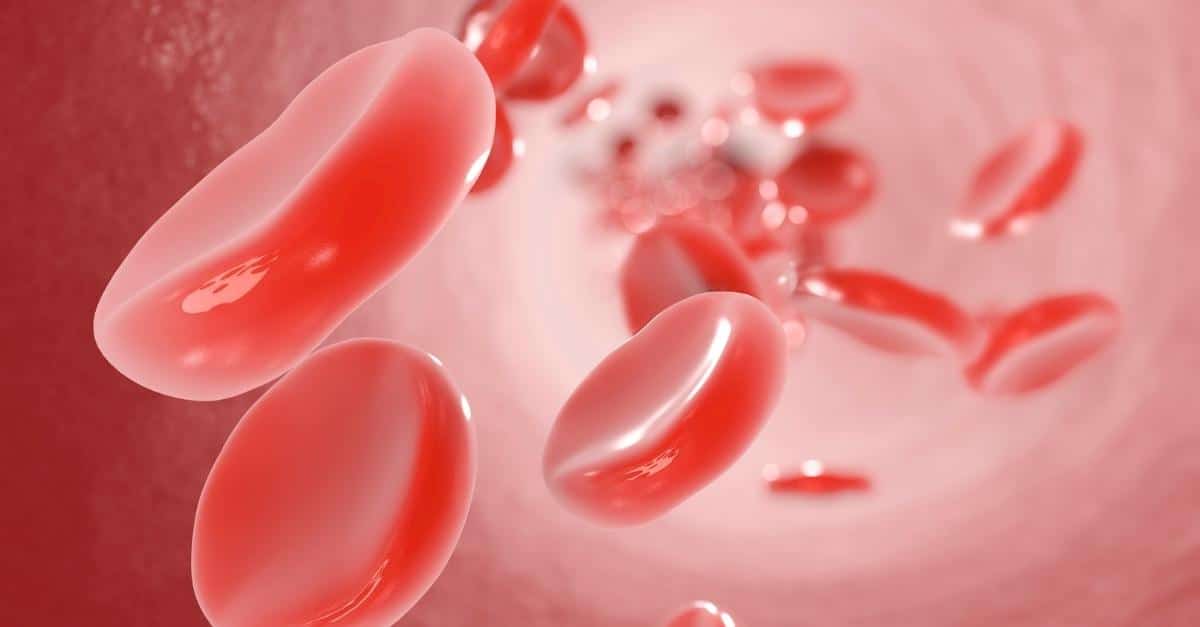For those people living with a chronic lung disease, such as chronic obstructive pulmonary disease (COPD), there are many factors when measuring one’s health.
These factors can include various sets of metrics that help the patient better understand the current state of their health. One of these metrics is oxygen saturation levels.
Oxygen saturation is one factor in determining how easy it is for one to breathe, which is vital for someone with COPD. To better understand this, here’s how COPD affects oxygen saturation levels.
What is COPD?
Chronic obstructive pulmonary disease is a progressive form of lung disease ranging from mild to severe. COPD is known for restricting airflow into and out of the lungs, thus making it difficult to breathe.
Restrictive lung diseases such as emphysema and chronic bronchitis fall under the umbrella of COPD. There are four stages of COPD, ranging from mild to very severe.
Typically, symptoms of COPD can include shortness of breath, constant “smoker’s cough,” sleep apnea, wheezing, and recurring upper respiratory infections – pneumonia and bronchitis.
For some people, COPD can develop slowly, but disease progression can happen quickly for others.
What are Oxygen Saturation Levels?
Oxygen saturation is a measure of how much oxygen the blood is carrying through the body. Oxygen attaches to the hemoglobin molecules in the blood.
The oxygen carried in the blood is usually referenced as a percentage of the maximum amount of O2 the blood can carry.
Normal oxygen saturation levels range from 95 to 100 percent. Simply put, oxygen levels under 90 percent are considered low and known as hypoxemia.
Oxygen saturation is also referred to as SpO2.
How Oxygen Saturation Levels are Affected by COPD
As a patient’s COPD stage diagnosis advances, symptoms get worse. Many people have trouble getting enough oxygen when a patient is diagnosed with stage four or very severe COPD.
Doing simple tasks become very difficult.
One way to help oxygen saturation levels is to eat COPD-friendly foods that improve blood oxygen. In addition to a change in diet, doctors often prescribe oxygen therapy to help the body receive enough oxygen.
Oxygen therapy is conducted using supplemental oxygen, where patients breathe in air from compressed air tanks or liquid oxygen containers via nasal prongs, masks, or breathing tubes.
Oxygen therapy can be a great short-term or long-term treatment plan. It helps people receive the recommended amount of oxygen.

Christine Kingsley, APRN is the Health and Wellness Director at the Lung Institute where she focuses on providing helpful online resources for people looking for information on various lung diseases, breathing exercises, and healthy lifestyle choices. She advocates for holistic care that involves working with your doctor to explore all options including traditional and alternative care while focusing on diet and exercise as proactive measures.









